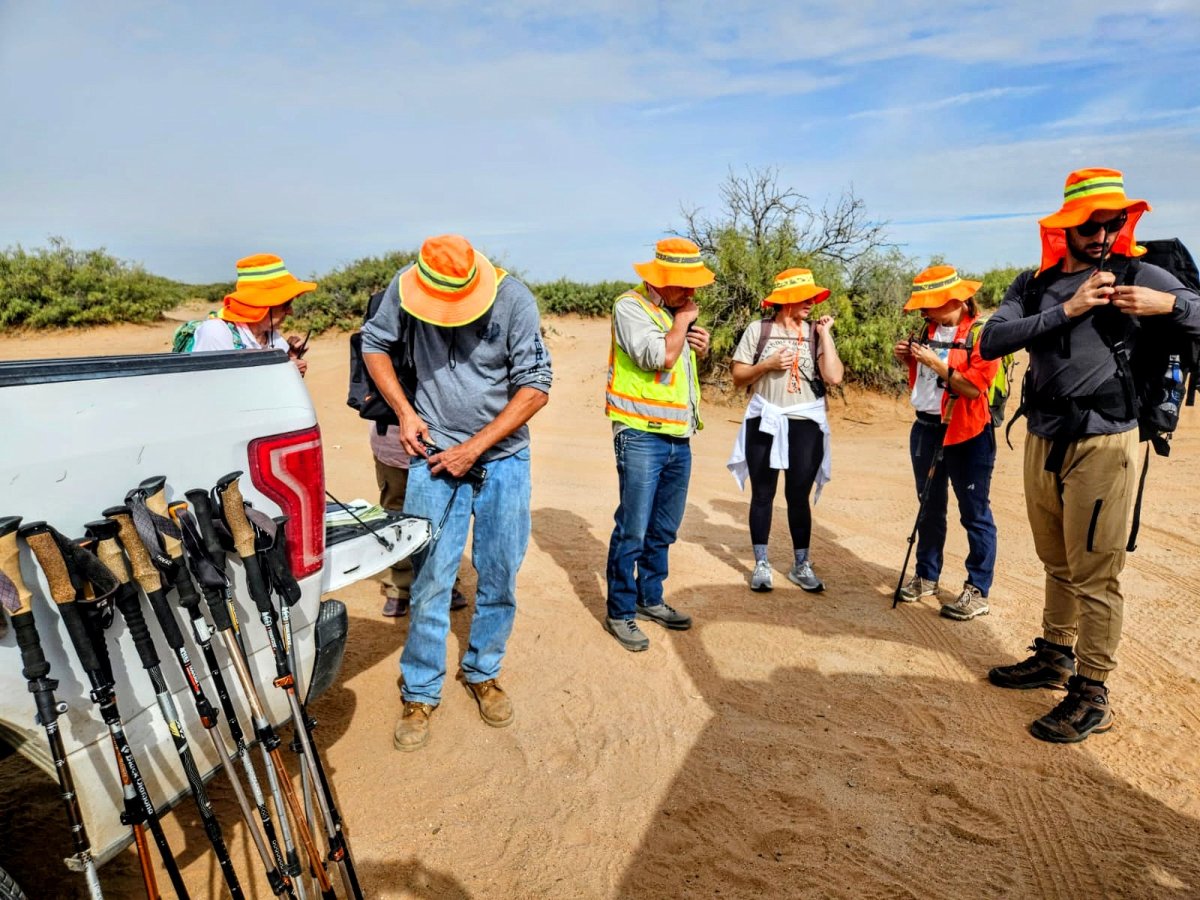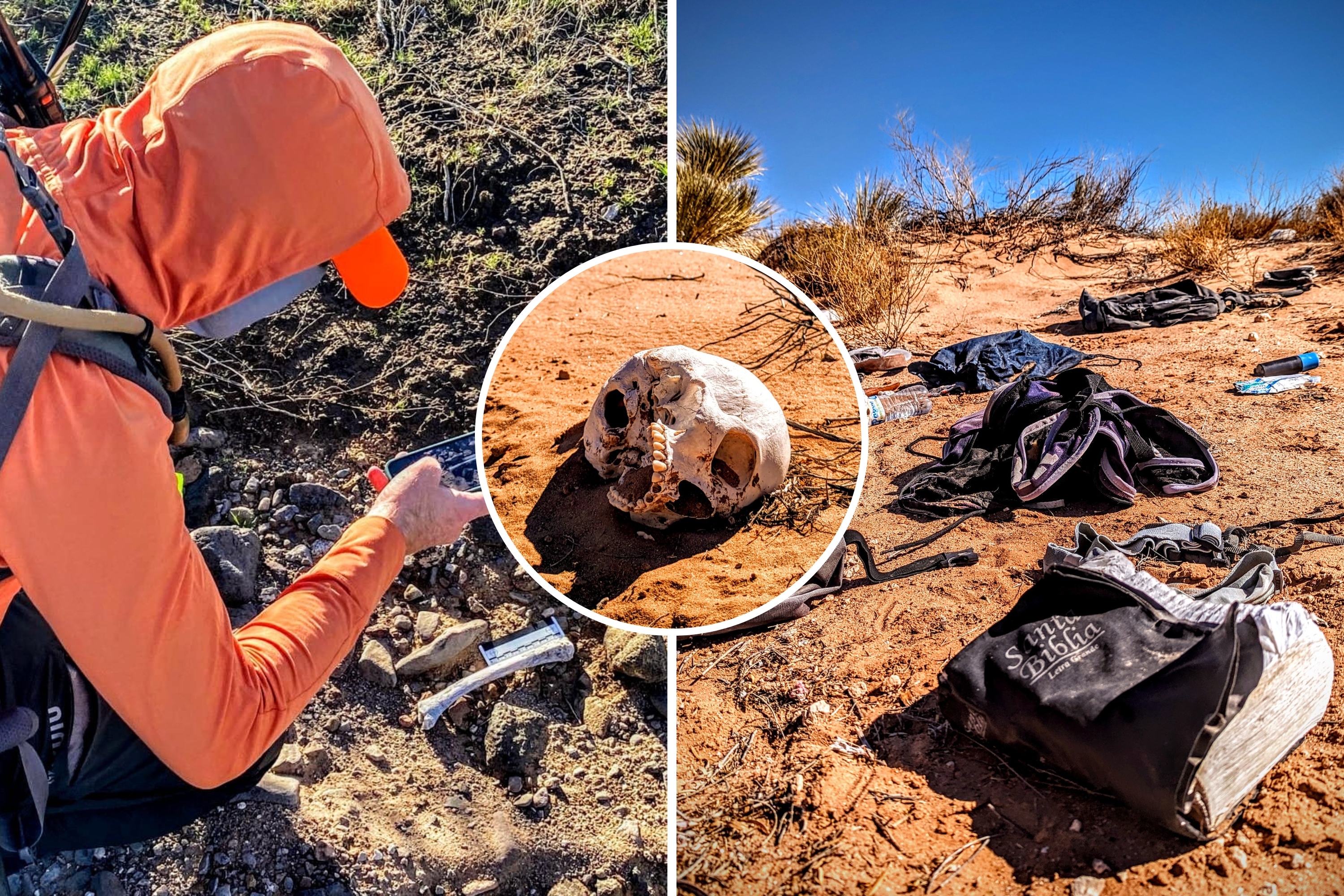In recent years, countless migrants have tragically lost their lives while trying to reach the U.S. from Mexico, often leaving behind only skeletal remains as a haunting reminder of their perilous journey. Volunteers regularly scour the deserts—particularly the Sonoran and Chihuahuan—for the missing, frequently reporting back with their findings of human bones and personal belongings.
Human rights organizations have labeled this situation an “unabated crisis.” The United Nations reported last September that around 686 migrants had died or gone missing in just one year, although this figure likely underrepresents the true scale of the tragedy.
Every search mission reveals disturbing discoveries. Carpenter, a volunteer in New Mexico and Arizona, shared, “We’ve found remains ranging from isolated bones to entire fields of skeletal remains, often scattered by animals. Personal items are often left behind.”

Feeling compelled to help after retiring from teaching English to migrants, Carpenter criticized the federal government for failing to address the crisis. “No one is searching for these individuals in distress,” she emphasized.
Many Missing, Few Answers
On her 12 search missions, Carpenter uncovered the remains of about 35 individuals aged between 10 and 67. The daunting reality is that many go unreported, often crossing at unofficial points and becoming vulnerable in the harsh desert.
Brad Jones, a UC Davis political science professor, echoed the sentiment, highlighting “inhumane” conditions. He estimates for every identified migrant, three to eight remain missing.

Identification can be difficult; while some carry forms of ID or have been fingerprinted by officials, many families are left in limbo with no updates on their loved ones’ fates. Jones noted, “Systematic undercounting and underreporting of migrant deaths is a long-standing issue.”
A 2022 review by the Government Accountability Office aimed to evaluate Customs and Border Protection’s handling of missing and deceased migrant records. Complicating matters further, aridity in the desert makes it hard to pinpoint if remains belonged to migrants, affecting documentation in the federal system.
The 2017 Missing Migrant Program initiated by CBP aimed to provide vital resources for those in distress, but it’s clear that accurate data is necessary for informed border policy.
Need for Awareness and Action
While some communities along the border support volunteer efforts, Jones pointed out that consistent, coordinated reporting is vital. “We’ve seen an ongoing death crisis for over 25 years,” he said. “Thanks to search and rescue initiatives, we’re uncovering the extent of this tragedy, but it remains frustrating and inhumane to restrict reporting of recovered remains.”

Carpenter acknowledged the overwhelming influx of individuals crossing the border but stressed the need to regard every death seriously. Her group pushes for a more humane approach to immigration.
Interestingly, patterns in migrant deaths are evolving. Historically, most found were men aged 25 to 35, but there’s an alarming increase in the number of women among the deceased in recent years.
Carpenter reflected on the personal toll of her work, sharing finding a birth certificate once: “I knew her name, age, and birthplace, and it took days of pressure from the Mexican consulate to recover her remains. It breaks my heart knowing she lay out there for so long.”
